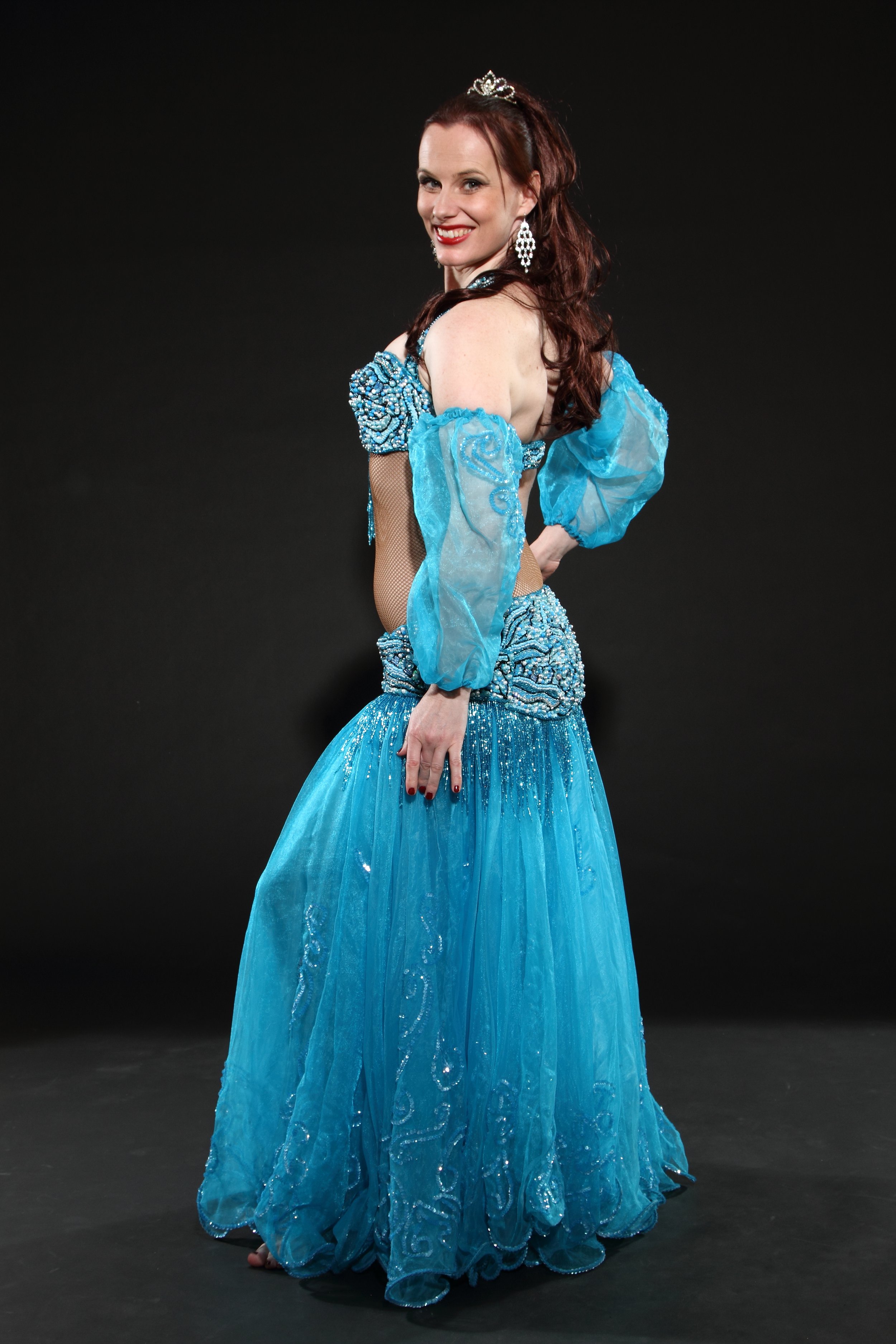What is belly dance?
Many images come to mind when you hear the word belly dance. Beautiful, undulating, shimmying dancers in 2 piece costumes, all very exotic and different. But what is belly dance?
The term Belly dance is a translation of the French ‘Danse du ventre’. This was the the name French visitors in Egypt in the late 1800s gave this dance. The term belly dance however, is somewhat misleading, as the dancer uses her hips, pelvis, arms and feet as much as her belly when dancing. In Arabic, belly dance is called Raqs Sharqi. This simply means dance of the East, as opposed to Western dance forms. No mention of bellies or hips there…
The dance is present in many aspects of modern life in the Arabic world: entertainment, social dancing/celebrations and religious ceremonies. Every country and region throughout North Africa and the Middle East have their own local culture, including language, food, clothes, music and dance. Just like Englishmen, Americans and Australians speak the same language, but sound very different, the Arabic dialect spoken by a Moroccan is very different from the Arabic dialect spoken by an Iraqi, to the point where it is difficult to understand each other. Just like the language differs over this vast stretch of land, Arabic dance traditions are rich and varied across the region, and we refer to them as Arabic dance/ Middle Eastern Dance/ Oriental Dance. This social dance is danced by everyone (women, men and children) at celebrations, weddings and parties. The term Oriental dance also includes religious dances, such as the whirling dervishes, Zaar (exorcism of evil spirits) and Guedra (Saharan dance of blessing).
The ‘belly dance’ we think of is most prominent in Egypt, Lebanon and Turkey, although all Arab women know how to dance ‘belly dance’ at home. This form is referred to as Cabaret style. The cabaret style developed in Cairo in the 1920s, most importantly under Madame Badia Masabni's direction, at her famous cabarets/night clubs. As she added dancers to her clubs' elaborate stage shows, she needed to modernise the traditional dance a little. Traditional Egyptian baladi dance tends to be danced in one small place, whereas a big stage required more area to be covered. She incorporated steps from ballet (such as arabesques and other travel steps), and sought inspiration from other dance styles in vogue at the time. This style of dance became very popular, and became an important part of Egypt’s huge film industry, with thousands of films over the years containing at least one belly dance scene. Several famous dancers went on to have huge careers as actresses/movie stars.
The Cabaret dress is the badla, a 2 piece costume. This costume developed in the 1920s, along with the dance, taking inspiration from popular Hollywood movies at the time.
A full Egyptian belly dance show starts with an opening number, called a Madjensi. This is a complex piece of music, with multiple rhythms. It can be seen as a 'menu', letting the audience know what styles to expect throughout the rest the show. Several costume changes will be included in the show. Each costume goes with a different style of dance. For classical pieces of music (Oum Kalthoum, Abdel Halim, Muhammad Abdel Wahab, Farid el Atrache,) it was costumary to change into a tob. (A one piece evening gown). This seems to have changed lately, and the most used costume for this section of the show now seems to be the badla. Shows will usually include a folkloric section, sometimes with (most commonly) male back up dancers. The costumes will suit the style being performed.
A great dancer is able to translate the music with her body, and is sometimes referred to as the last (and visual) member of the orchestra.
Raqs Sharqi has become very popular around the globe, and has continued to develop in different directions in different parts of the world. While Western dancers tend to focus more on the technical skills, an Egyptian dancer is judged by her personality, her interpretations of the music and her ability to connect with the audience.




